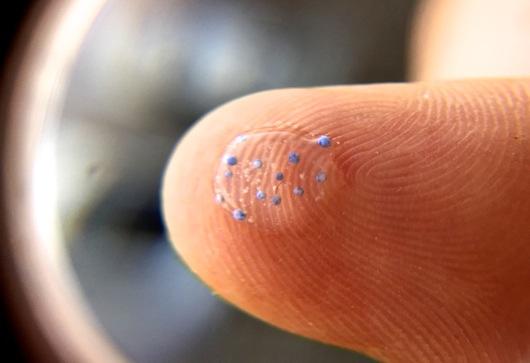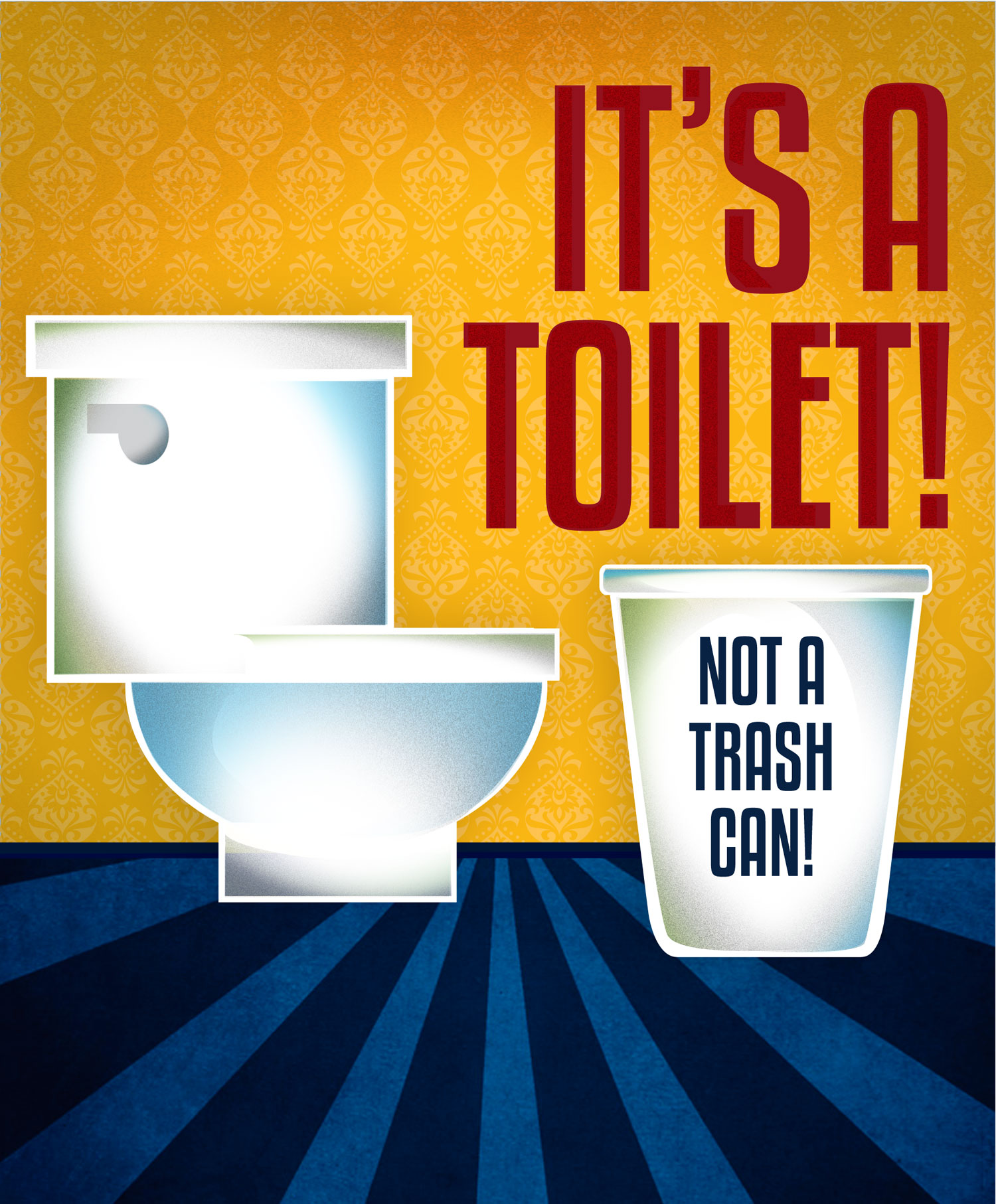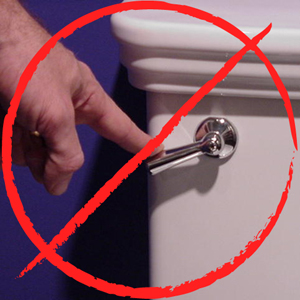| Home |
| About MWRA |
| Water System |
| Sewer System |
| Harbor and Bay |
| School Program |
| Doing Business with MWRA |
| Contact MWRA |
|
|||||||||||||||||||||||||||||||||||||
It's a Toilet, Not a Trash Can!
Even if they're small, even if the package says "flushable," some everyday items can cause messy and expensive problems for your plumbing and our sewer treatment facilities.
Products that might seem safe to flush down the toilet, such as personal care wipes, dental floss and paper towels, don't dissolve quickly – or at all – in water. If a scrap of undissolved material gets caught on a nick, bend or bump within a pipe, it can trigger a growth of buildup that could cause a sewer backup in your home or neighborhood.
Sewer agencies, environmentalists and consumer advocates are working with manufacturers to correct product labeling. In the meantime, please make sure to dispose of personal care products, cleaning supplies and other household waste properly: in the trash can, in the recycling bin or at your local household hazardous waste disposal site.
Cease the Grease
Fats, cooking oils and grease are not water-soluble. They coat household pipes and public sewer mains, causing nasty clogs. To dispose of household fats, oils and grease, carefully pour them into an empty metal can. Let it cool, then throw it in the trash. For details, download the Boston Water and Sewer Commission's Currents newsletter about Fats Oils and Grease (PDF).
A Healthy Environment Starts at Home - Household Hazardous Waste
Some household items shouldn't be flushed because they do break down in water. Dissolved chemicals can travel through the sewer system and pollute Boston Harbor and the marine environment.
Medications and supplements should not be flushed or disposed of down the drain. They should be wrapped and thrown in the trash, or brought to a local drug take-back site. Visit the US Department of Justice Drug Enforcement Administrations' web site for more information.
Unwanted solvents and other chemicals used around the home, like paint, cleaners and nail polish remover, should not be flushed down the toilet or poured down the drain. You should use them up or bring them to your local household hazardous waste disposal site. For more information about disposing of household hazardous waste and ideas for safer alternatives, download "A Healthy Environment Starts at Home (PDF)," our free guide to reducing household hazardous waste products.
Microbeads are Hurting Fish -- and Humans

Microbeads are found in many household products and their sale will be prohibited after July 1, 2018. In the meantime, please consider discontinuing their purchase and use. (Image courtesy Minnesota Pollution Control Agency)
Our daily routines are causing more than eight trillion plastic microbeads to enter aquatic habitats every day in the U.S. alone, according to a study published in the September 2015 edition of Environmental Science and Technology. According to the study, that’s enough to cover 300 tennis courts daily.
These plastic microbeads, designed to exfoliate, are about the size of a pinhead and can be found in toothpaste, body wash, facial scrubs, and soaps. When used, they go down the drain. Wastewater treatment plants are not designed to treat them, so they end up in our nation’s waterways. Once they are in the water they are eaten by fish and other aquatic organisms. Once ingested, toxins absorbed in the plastic transfers to fish tissue. These pollutants move up the food chain when these organisms are consumed by larger predators, including humans.
In December 2015, President Obama signed into law a bill entitled, “HR 1321, Microbead-Free Waters Act of 2015”. The bill prohibits the manufacturing of products containing plastic microbeads after July 1, 2017 and prohibits the sale of these products after July 1, 2018.
In the meantime, please consider disconcontinuing the purchase and use of products containtaining microbeads in your home.
| More information on mwra.com: |
| MWRA Sewer System Main Page |
| How the MWRA Sewer System Works |
| About the Deer Island Treatment Plant |
| A Healthy Environment Starts at Home (PDF) |
| Other links: |
| Consumer Reports Video: Flushable Wipes |
| Currents Newsletter: Fats, Oils and Grease Disposal (BWSC) |
| How London was Saved from a 15-Ton Ball of Grease (The Guardian) |
| Flushable Wipes and Other Non-Dispersible Products (NACWA) |
| Online Guide: What Not to Flush (Town of Tyngsborough, MA) |
| What Not to Flush (City of Tacoma, WA) |
| What Not to Flush Down the Toilet (mother nature network) |
| Wipes in the Pipes Snarling Sewers (USA Today) |
Updated September 24, 2019

